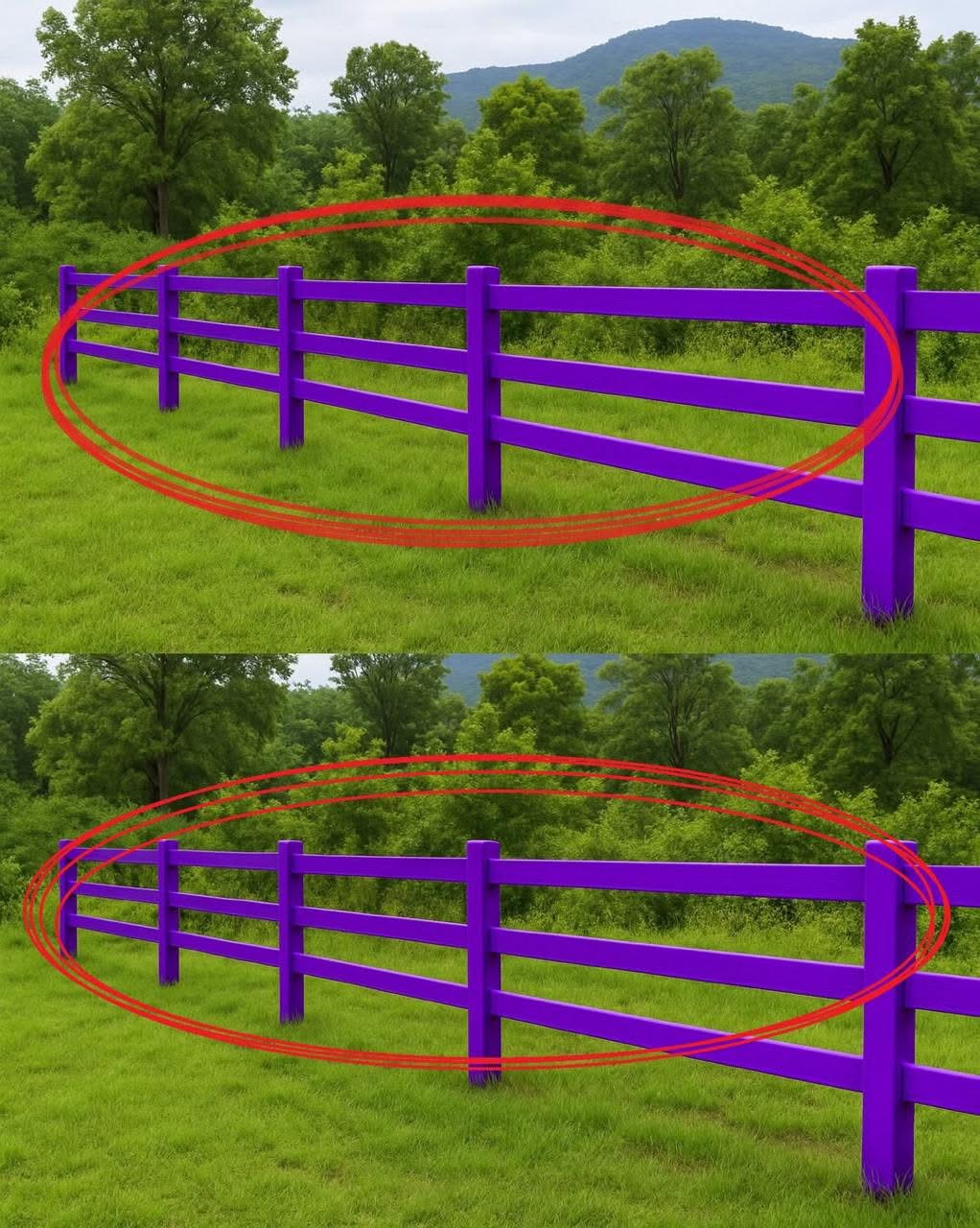Walking along a quiet trail or country road, you might notice a fencepost or tree painted a deep purple. It’s not art or decoration — it’s a legal warning. In many U.S. states, purple paint marks the boundary of private property, carrying the same authority as a “No Trespassing” sign. Landowners use it to protect their property without relying on signs that fade, get stolen, or blow away.
The rules are precise. Vertical stripes are required, at least one inch wide and eight inches long, placed three to five feet above the ground. Marks are repeated along property lines, typically every 100 feet, to ensure visibility. This simple method clearly signals boundaries to hikers, hunters, and neighbors while remaining subtle and respectful.
States with “Purple Paint Laws” include Texas, North Carolina, Illinois, Kansas, Missouri, Indiana, Florida, Pennsylvania, and Arkansas, each recognizing purple as an official boundary marker. The system is practical and effective. It’s long-lasting, cost-efficient, environmentally friendly, and keeps landscapes uncluttered while communicating respect for property. The color purple symbolizes dignity and protection, making it an ideal choice for boundaries.
For property owners, using purple paint responsibly ensures legal clarity and neighborly understanding while preserving the natural beauty of rural areas. If you see purple markings, do not cross them. Stay on your side, check local maps, and respect private land. The purple fence isn’t aggressive — it’s a quiet reminder that every piece of land has a caretaker, a story, and a line that should not be crossed.
